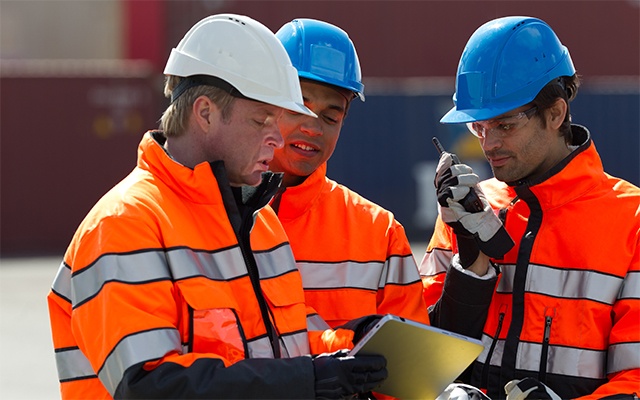An increasing number of professional organizations seem to have started adopting broadband simply by taking out cellular subscriptions, in much the same way as the consumer world works. This can of course solve many short-term issues and even improve the efficiency of a single person.
Yet, there is a risk if the organization doesn’t ask one important question before launching into action:
How can one manage people’s rights and subscriber information consistently over several networks?
Professionals definitely need the possibilities that using broadband offers. And most of them will have to use commercial mobile networks for this purpose until they can adopt a mission-critical broadband network.
Taking out a cellular subscription is certainly a relatively straightforward arrangement to give people access to broadband.
But is it too straightforward?
What about user/subscriber management? It is important to manage subscribers in a secure way.

Commercial mobile operators can certainly add new subscribers into the network, but they cannot ensure that this provisioning includes group hierarchy. User organizations also need a quick and efficient way to provision new users.
In other words, user organizations need a solution for managing their organizational units, talk groups and subscribers over several networks, such as TETRA and broadband. This tool has to understand when a commercial mobile subscriber and a radio user are one and the same person.
Without the tool, user organizations will have subscribers separately provisioned into each network. There will be no link between a TETRA subscriber and the equivalent entity in the broadband network. The only way that the user organization could keep track of the relationships would be to maintain lists or databases of subsriber information.
User organizations really need to know who has which device and which apps in use. In addition, their contact information needs to be easily available on the TETRA network side.
Take public safety organizations and a large accident as an example. The central command and control as well as the field commander need to know which resources are available. They need to know this no matter which communication device the person carries. Otherwise, their common operational picture is not complete.
How to manage?
Maybe you don’t think it so demanding to manage the necessary links between a TETRA radio user and the same person in the broadband network. It is only one link per person to maintain, right?
Wrong. There usually are several links per person, because one broadband network is not enough.
Many countries have good outdoor 3G mobile coverage pretty much everywhere, and the coverage usually extends to indoor areas in cities. Although these 3G mobile networks can run a wide variety of useful data apps, they cannot offer guaranteed availability. With 3G, it is also not possible to have users with automatic priority.
4G/5G technologies will make it possible to manage the availability issue much better.
A hybrid network which complements the TETRA network with more than just one broadband network is therefore necessary. A hybrid network can ensure maximum coverage because it uses several choices of network and not just one. And because this approach doesn’t rely on a single network, it also optimises the availability.

To sum up, the ongoing development of consumer mobile communications, which are rapidly turning into a mobile broadband environment, is also bringing new possibilities to the professional mobile radio world. But ensuring that the needs of professional users are met effectively and efficiently demands a more sophisticated approach than simple cellular subscriptions alone can provide.
When organizations adopt broadband devices and apps into professional use, they must consider subscriber management. If they don’t, they will end up with costly, often duplicate or multiple subscriber management systems, which are difficult or impossible to keep synchronised.
This is a serious risk, but there is a solution. Tactilon Management can do provisioning and user and organization management as well. What’s more, it can do this over several networks, such as TETRA and broadband. Tactilon Management understands when a commercial mobile subscriber and a radio user are one and the same person.
Learn more about the Tactilon Management solution.
Handpicked content for you:
There is an executive briefing that explains how to make a success of introducing mission-critical broadband to public safety. Get your copy and you will also learn the 7 proven reasons why smooth evolution is so much better than disruptive migration:
---
For a complete picture of your broadband transformation path, take a look at this helpful, ultimate guide to hybrid solutions.
Editor's note: This blog post was first publilshed in November 2016 and it has since been updated with the latest information.





